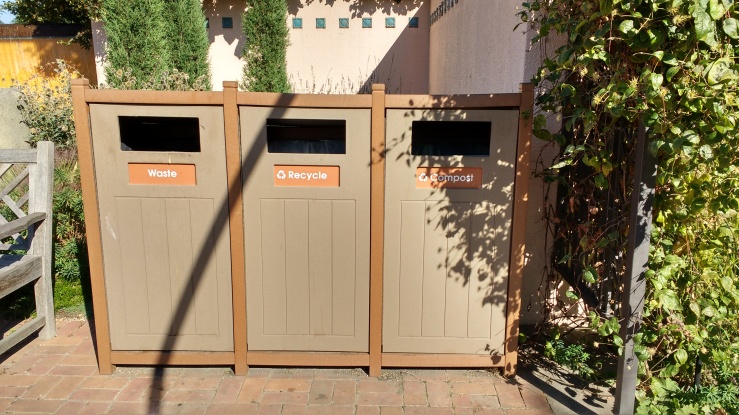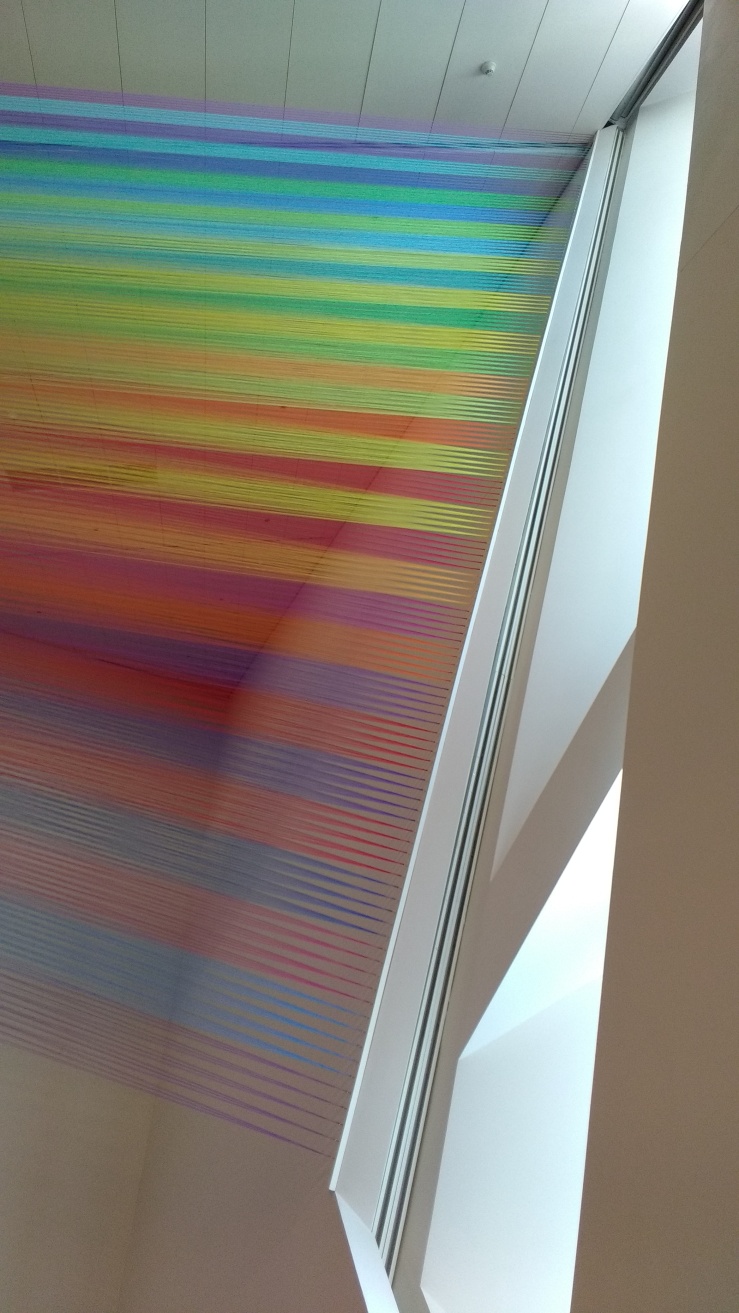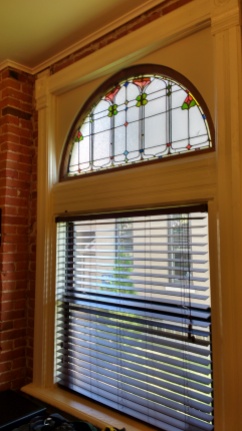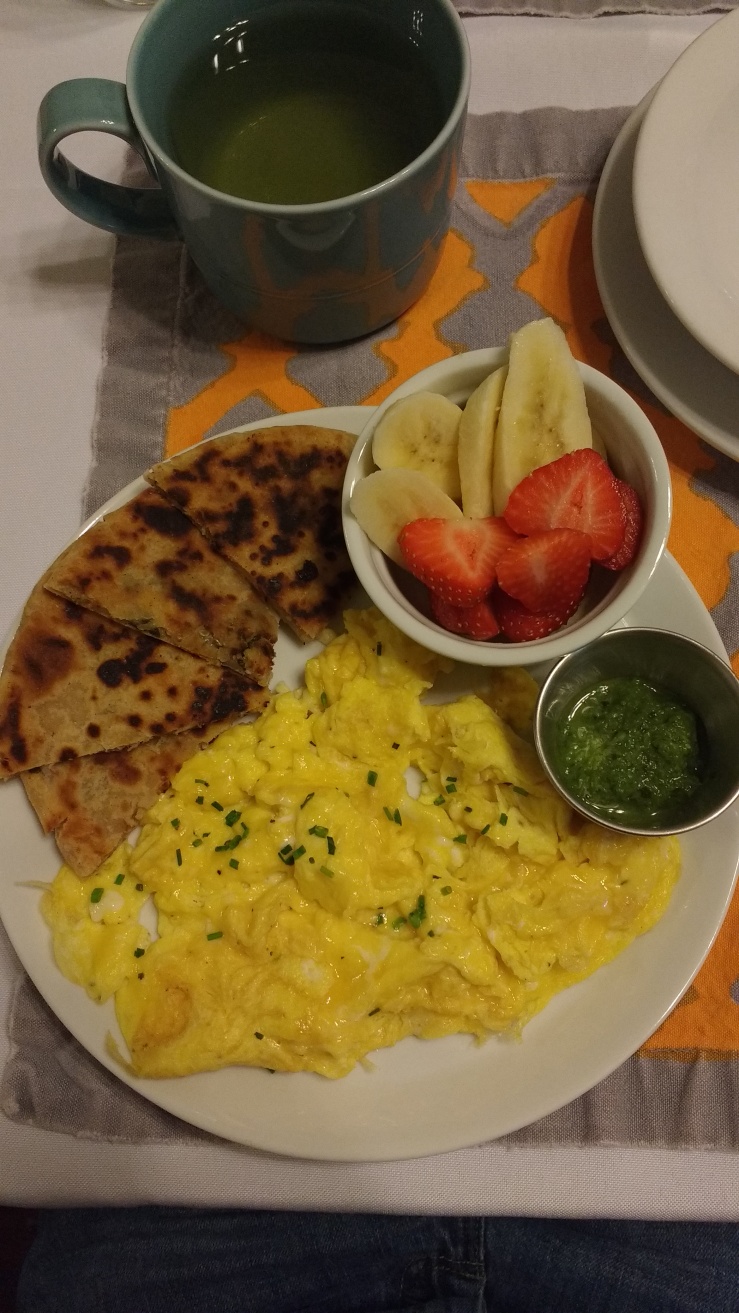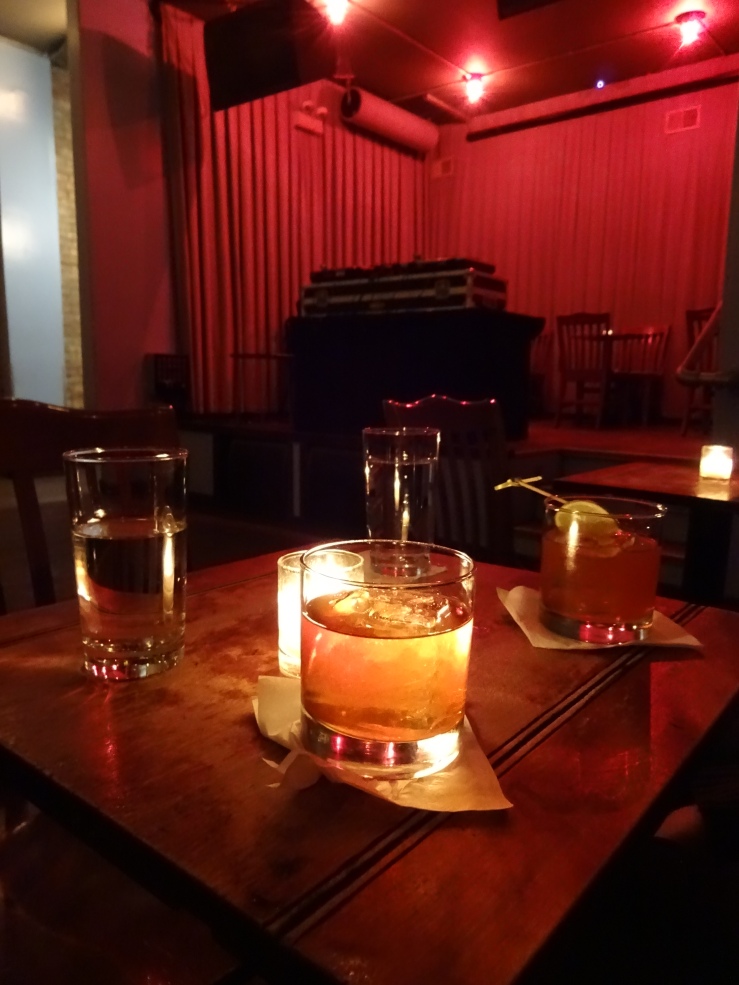Welcome to part 2 of my three-part series on my attempt to do a month of zero/low waste! Part 2 is about hygiene, so WARNING: If you are uncomfortable with even thinking about bodily fluids, including blood, please don’t read this post. I don’t go into extremely graphic detail, but I’m not going to mince my words either.
I’ve organized the contents of this post under four different headings—(1) snot (and a brief discussion of fingernails and hair), (2) menstruation, (3) toilets, and (4) toiletries—so if there is one hygiene item that you are particularly interested in, or one that you cannot stand, feel free to skip around the four sections!
1. Snot (and a brief discussion of fingernails and hair)
When M. and I began our month of zero/low waste (see my introduction post about that here), we already owned a stack of reusable “paper” towels (similar items include this and this), so we figured we could also use the reusable towels as handkerchiefs. After all, it was the beginning of autumn, and sniffles were definitely on their way. As long as we did our laundry within a reasonable amount of time, we’d be okay, right? However, as the month went on, I realized that I have a huge reluctance to use reusable towels/handkerchiefs for nose blowing. I have some germophobic tendencies, and the idea of putting a mucus-covered piece of fabric in with the rest of my laundry completely grossed me out. Instead, I found myself reaching for toilet paper whenever I needed to clear my airways.
I realized that what I was doing wasn’t environmentally sound and that my feeling of disgust was not entirely rational, but I couldn’t bring myself to go all-in with the reusables. And because of my germophobic tendencies, I ended up throwing my used tissues into our landfill trash can, because it felt “wrong” to put my snot into the compost. After a couple of weeks of chucking tissues into the landfill, I decided that something needed to change. And the more I thought about, the stranger I felt about being so reluctant to put my used tissues into the compost. The compost contains rotting fruit and vegetables, for crying out loud! And I wasn’t not suffering from any deadly illnesses, so my used tissues probably wouldn’t pose any more of a biohazard than a pile of decomposing fruit. If I was going to use toilet paper to blow my nose, at the very least I could compost the used paper, and that’s what I started doing. I felt a little better about that decision, but not that much better. Even now, I still haven’t been able to bring myself to use reusable handkerchiefs, but I am holding that in my mind as my goal. (M. is a lot less germophobic than I am, for better or worse, so he is succeeding in this arena much more than I am.)
I did/do feel okay sticking my fingernail clippings into the compost though. I rarely, if ever, use nail polish, so I figure my nail trimmings are organic enough to be composted. I also don’t dye my hair, so whenever I clean my hairbrush out I place the hair in the compost bin too. According to the internet, hair contains a good amount of nitrogen, so it’s great for soil!
2. Menstruation
I am a person who menstruates. Since M. and I decided to go for a full month of zero/low-waste living, I knew I was going to menstruate at least once during that period (hehe, punny). But could I menstruate and be zero waste?
See, I use pads. I have never liked tampons. I tried them once and did not particularly enjoy the sensation. I also tend to worry a lot, and when I was using the tampon I couldn’t stop worrying about toxic shock syndrome. Now, let me be clear: I am not judging anyone negatively for using or liking tampons. Tampons are just not for me. I love my pads. Unfortunately, the kind of pad that I grew up using is definitely single-use and chock-full of plastic, and that’s not doing the environment any favors.
I had first started hearing about menstrual cups a few years back, first from the internet and second from some friends who had tried them. While I really liked the sustainability of menstrual cups, they didn’t seem to be right for me, for the same reason why tampons aren’t right for me. So when I started thinking about the zero-waste month, menstrual cups didn’t even register in my mind.
Earlier that year though, I had gone with J., a good friend, to a feminist bookstore in the Lower East Side of Manhattan (go support Bluestockings bookstore if you can, they’re amazing!). We were browsing the knickknacks section, because knickknacks, and I noticed some cloth pads for sale. Reusable. Cloth. Menstrual. Pads! I was very, very excited, and I added a pad to my purchase. By September, I still had not tried the pad out yet, but now I didn’t have any excuses. If my month of zero waste wasn’t the perfect time to try this out, then when was?
Unfortunately, I only had one pad, which meant I couldn’t be zero waste for a full week of menstruation unless I really wanted to test the limits of my personal hygiene. So my goal became to replace at least one disposable pad during that week with my reusable one, and I succeeded! During my second day of menstruation in September, I used the pad for several hours with very minimal leakage (and the leakage that did happen was partially a result of my improper placement of the pad).
Then came time to clean the pad. That was. . . interesting. I am not squeamish about blood if it is my own (and fortunately I haven’t had to see much of anyone else’s), so cleaning the pad wasn’t necessarily “gross.” But it was a little messy. The sink immediately filled with red when I started rinsing the pad, and it took several minutes for the water to start running clear. And I think many menstruating people know about the “chunkiness.” So that was, ahem, fun.
But actually though. Actually it was kind of fun. Some part of me enjoyed being so literally in touch with my menstrual cycle. And I really, really liked knowing that I had avoided tossing one more disposable pad into the landfill.
After rinsing out the pad, I soaked it overnight in some water (in a closed, lidded jar), which took care of most of the staining (although some staining seemed inevitable). Shortly thereafter, I started actively hunting for more reusable menstrual pads. I bought some online, and then I found a supply at the Dill Pickle Co-op. I’ve been slowly incorporating more reusable pads into my menstruation routine. Last month I almost went for an entire cycle without disposables! It is harder to use reusable pads when I’m in my office, because there aren’t any private sinks in my workplace’s bathroom, so I can’t really rinse anything out when I want to switch to a fresh pad without creating a very awkward situation. But I’m hoping I can figure out a solution, because my ultimate goal is to go a full menstrual cycle without any disposables! (Stay tuned for a separate blog post where I’ll review all of the different reusable pads I’ve been using!)
3. Toilets
When M. and I started planning our zero waste month, I very briefly considered trying a bidet. Very briefly. I’m not a stranger to bidets nor am I opposed to them, but during my exploration of this idea I quickly realized that installing a bidet would be an investment. Tushy has a fairly affordable option (less than $100), but M. and I don’t own our apartment. While I don’t think we’ll be switching residences anytime soon, I don’t want to sink money into a piece of equipment that might be difficult (and possibly icky) to uninstall and reinstall multiple times in case we ever did move. I think a bidet will be in my future if I ever end up owning property, but it’s not suitable for me at the moment.
TL;DR: we didn’t extend our zero-waste practices to our toilet-sitting time. 😀
4. Toiletries
There wasn’t much we could change toiletries-wise during our official month of low/zero waste because we still had full tubes of toothpaste and containers of floss to use up, and prematurely disposing of those would have been very, well, wasteful. M. also didn’t want to give up his brand of very mainstream toothpaste because he feared that the more natural toothpastes would not be as effective. Personally, I don’t think M.’s concern is warranted, but I didn’t want to push the issue.
Now that, in February of 2018, I am nearing the end of my toothpaste tube, I do want to switch to something more sustainable, but for me the issue is slightly more complicated as I am currently using Sensodyne under my dentist’s recommendation. Admittedly, I haven’t done any research into whether there is a more sustainable toothpaste that would provide the same benefits as Sensodyne. (If you know of any, please comment below!) I’m also not ready to go the route of making my own, so in this arena we’re definitely not zero waste.
I did do a little research into some sustainable flosses and toothbrushes. Package Free introduced me to a brand of silk flosses that are stored in beautiful and recyclable glass containers. And Package Free has bamboo toothbrushes too—the handles are compostable, and the bristles are plant-based (but unfortunately not compostable). I haven’t tried the toothbrushes myself yet, but I did gift one to M. and so far he hasn’t complained! It’s also much more aesthetically pleasing than the bright neon plastic toothbrushes that we are used to. I’m hoping to switch to bamboo toothbrushes myself soon, but every time I am back home in Brooklyn I forget to pack my toothbrush and so I end up grabbing a new plastic one and then now I have double the plastic toothbrushes. Major zero waste fail.
Alright, so that’s my summary of the attempts I made at zero-waste hygiene during the month of September 2017. Part 3, about zero-waste packaging, sustainable transit, and my final thoughts, will hopefully come to this blog in the next week or two! Stay tuned!
❤ AMisplacedPen (a.k.a. S.)
P.S. I’m thinking of revamping this website a little bit and archiving some of my oldest blog posts. If things start to look different around here, that is why! Once my changes are more concrete, I’ll write an update post on what’s different.
Disclaimer: I was not compensated in any way to write about any organizations or businesses that I have mentioned. This post expresses my honest opinions.












